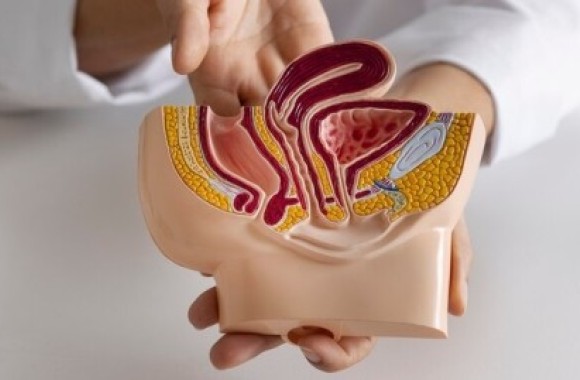Laparoscopic surgery has become an important part of modern surgical practice. It is considered a less invasive method compared to traditional open surgery and offers many advantages. This technique is performed through a camera and surgical instruments placed inside the body, using small holes instead of large incisions. In the field of urology, laparoscopic surgery has become the method of choice in many cases.
Advantages:
Cosmetic Appearance: Laparoscopic surgery allows to achieve more cosmetically satisfactory results by using smaller incisions. This allows patients to recover with less noticeable scars in the postoperative period.
Less Pain: Compared to traditional open surgery, pain is generally less after laparoscopic surgery. This helps patients have a more comfortable recovery and use less painkillers.
Shorter Hospital Stay: Hospital stay is usually shorter after laparoscopic surgery. This allows patients to return home more quickly and return to their normal lives.
Early Return to Activity: Since the recovery process after laparoscopic surgery is faster, patients can usually return to their normal daily activities and working lives earlier.
High Diagnostic Image Quality: High-resolution cameras used during laparoscopic surgery provide surgeons with a detailed and clear image. This makes the surgical procedure more precise.
Applicable Occasions:
- Prostate and bladder cancer operations
- Kidney tumor surgeries
- Removal of atrophic kidney
- Kidney cyst removal
- Uretero-pelvic junction (UPJ) stenosis correction surgeries
- Adrenal gland tumors
- Operations on the ureter
- Removal of lymph tissues
Laparoscopic surgery is becoming increasingly common with technological advances and advances in surgical training. This technique provides patients with a less invasive surgical experience and allows surgeons to work more effectively.
This content is for general informational purposes about laparoscopic surgery. For any health problem, please consult a professional for diagnosis and treatment.
